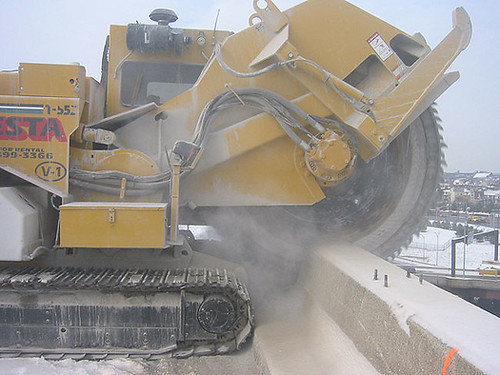
Images during and Boston’s “Big Dig.” Construction on the Big Dig began in 1991 (though planning began decades earlier) and lasted 15 years, with the last project opening in 2006.
View this complete post...







John Hennessy III,
P.E.

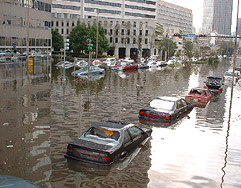
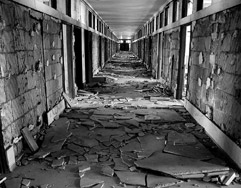
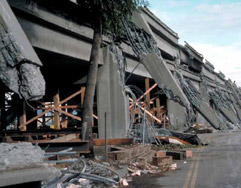
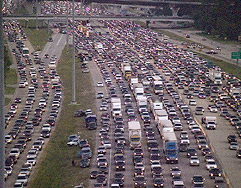

Images during and Boston’s “Big Dig.” Construction on the Big Dig began in 1991 (though planning began decades earlier) and lasted 15 years, with the last project opening in 2006.
View this complete post...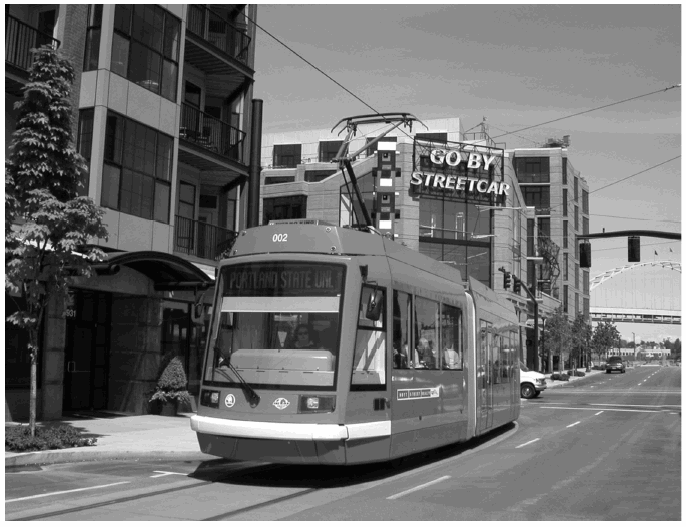
TRANSIT COOPERATIVE RESEARCH PROGRAM
In the past 20 years, numerous cities have planned and implemented new rail transit systems. This movement has coincided with other urban regeneration trends, bringing new life to urban centers and advancing strategies to manage growth that promote more efficient patterns of development. Various forms of heavy rail, light rail, and streetcar systems have been built, many with robust ridership and popularity, owing to a rediscovery of this form of transportation, as well as concerns about growing traffic congestion, volatile fuel prices, and climate change.
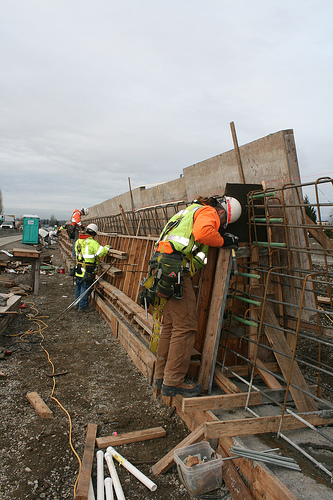
Photos of recovery projects that are now underway
More on the Recovery.gov Flickr Page
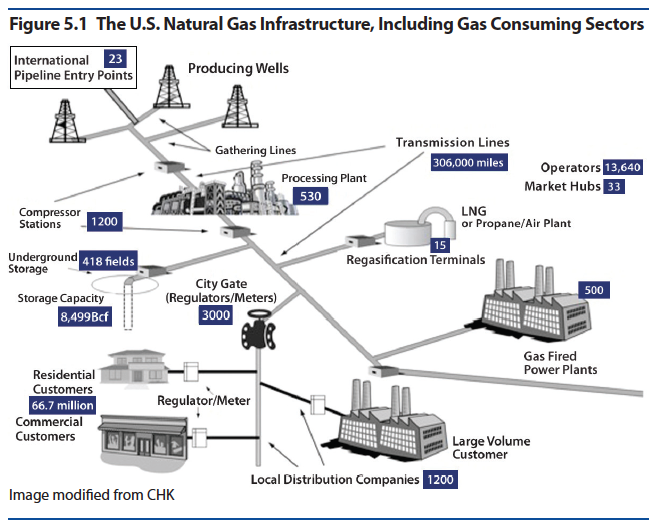
MIT ENERGY INITIATIVE
Natural gas has moved to the center of the current debate on energy, security and climate. This study examines the role of natural gas in a carbon-constrained world, with a time horizon out to mid-century.
The Boston metro area has always had plenty of cyclists. But other than some fantastic greenways like the Minuteman Trail, riding along the Charles, and some ahead-of-its-time traffic calming & bike lanes in Cambridge, cyclists have had very little to crow about. In fact, it wasn’t uncommon to hear murmurs that Boston was the worst cycling city in the U.S.
View this complete post...Eugene J. Huang, Government Operations Director, National Broadband Task Force:
“Broadband can enable citizens to engage in their democracy – through a variety of broadband-enabled tools that will make our democracy more participatory and more representative.”
View this complete post...INSTITUTE FOR TRANSPORTATION AND DEVELOPMENT POLICY
The relationships between parking infrastructure and transportation choices are as important as that between road infrastructure and transportation choices. Yet research on roads abounds while there is very little on parking.
Follow InfrastructureUSA
Video, stills and tales. Share images of the Infra in your community that demands attention. Post your ideas about national Infra issues. Go ahead. Show Us Your Infra! Upload and instantly share your message.
Is the administration moving fast enough on Infra issues? Are Americans prepared to pay more taxes for repairs? Should job creation be the guiding determination? Vote now!
What do the experts think? This is where the nation's public policy organizations, trade associations and think tanks weigh in with analysis on Infra issues. Tell them what you think. Ask questions. Share a different view.
The Infra Blog offers cutting edge perspective on a broad spectrum of Infra topics. Frequent updates and provocative posts highlight hot button topics -- essential ingredients of a national Infra dialogue.
It is encouraging to finally see clear signs of federal action to support a comprehensive US infrastructure investment plan.
Now more than ever, our advocacy is needed to keep stakeholders informed and connected, and to hold politicians to their promises to finally fix our nation’s ailing infrastructure.
We have already engaged nearly 280,000 users, and hoping to add many more as interest continues to grow.
We require your support in order to rise to this occasion, to make the most of this opportunity. Please consider making a tax-deductible donation to InfrastructureUSA.org.
Steve Anderson
Managing Director
SteveAnderson@InfrastructureUSA.org
917-940-7125